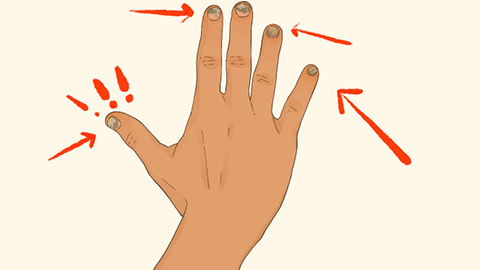Is laser treatment effective for gray nail?
Gray nail generally refers to onychomycosis. Laser treatment utilizes a high-energy light beam to irradiate the affected area, directly targeting fungal cells to achieve therapeutic effects. The general reference price for laser treatment ranges from 2400 to 6400 yuan per session, and some improvement is usually observed within 1 to 3 months. Laser treatment for onychomycosis is generally effective, although results may vary among individuals, and some patients may require multiple treatments to achieve noticeable effects. It is recommended to visit a hospital promptly and follow medical advice for appropriate management.

Laser treatment for onychomycosis mainly utilizes the photothermal effect of the laser, precisely targeting the infected nail area. The generated heat can directly kill the fungi causing onychomycosis, such as dermatophytes and yeasts, thereby preventing fungal proliferation and spread at the source. Thus, laser treatment for onychomycosis is usually effective.
Additionally, laser treatment can improve local blood circulation and enhance nutrient supply to the nail bed, creating a favorable environment for new nail growth and promoting the development of healthy nails to gradually replace the diseased ones. However, it should be noted that for severe onychomycosis, effectiveness may vary individually, and multiple treatment sessions or combination with other therapies, such as oral medications, may be required to enhance the cure rate.
In daily life, it is recommended to maintain personal hygiene and avoid exposure to external irritants. Protective measures should be taken to prevent friction or pressure on the affected area to reduce the risk of infection.




